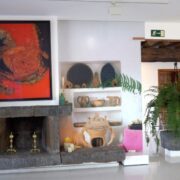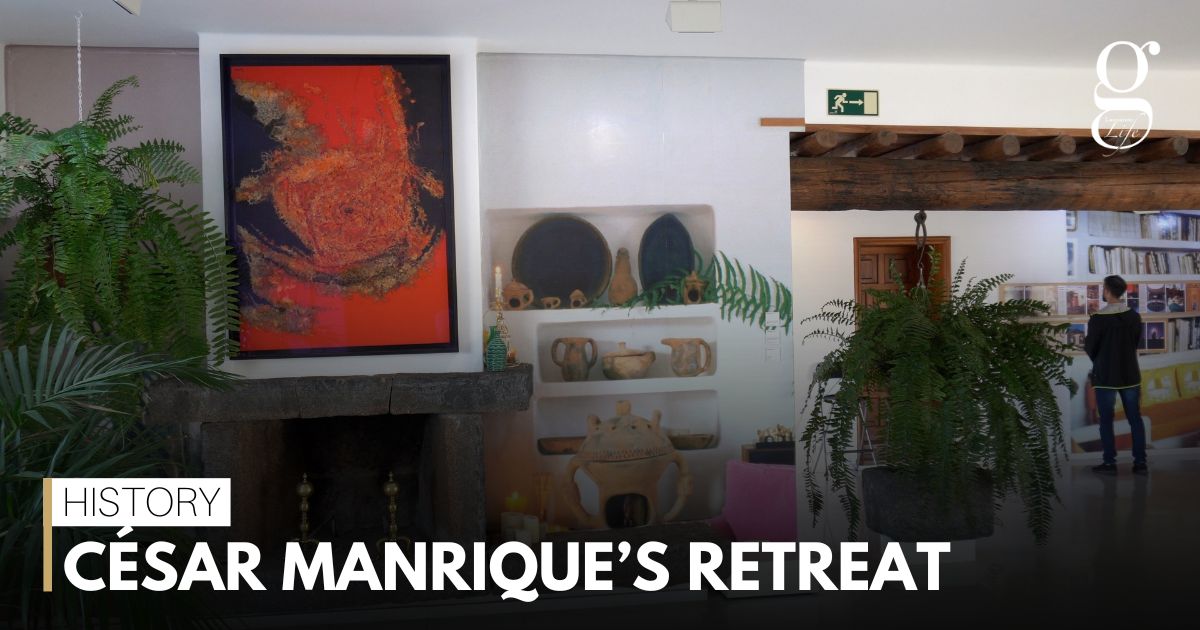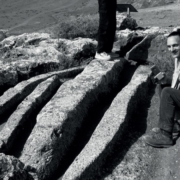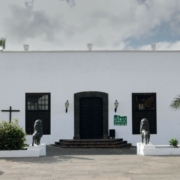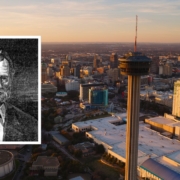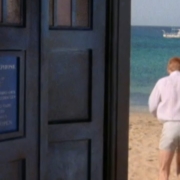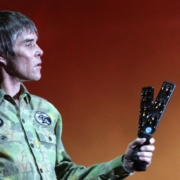In 1989, César Manrique celebrated his 70th birthday. With a lifetime of intense creativity behind him, he began to look to his legacy, establishing the César Manrique Foundation at his original home in the Taro de Tahiche.
Manrique himself moved to a large, rambling house surrounded by palm trees in the peaceful northern town of Haría. But his creative force was undimmed, and the Casa Museo de Haría is the place where visitors can come closest to understanding the sheer artistic energy of the man who transformed his island.
The house opened eight years ago, and aims to give an idea of the day-to-day life of the artist. It is here that you can visit his bedroom, see the magazines he liked to read, look at the clothes in his wardrobe and get a fully rounded view of the man behind the myth.
INSPIRATION EVERYWHERE
As you enter, a number of animal skulls decorate the wall. Manrique loved curiosities like this, and you’ll notice another – an archer’s bow – as you enter. However, they are seldom random. These are the raw fuel from which Manrique drew his inspiration. And they almost always have deeper meaning, which you only discover later.
The living room is a low-roofed area with a fireplace surrounded by several shelves full of Canarian native pottery. Books, magazines, framed pictures and photos are everywhere, recalling moments from Manrique’s life, his artistic reading habits, his friendships and influences from artists such as the great Canarian painter, Nestor.
Astonishing, lush green plants are everywhere, indoors and outdoors, reflecting Manrique’s love of nature, and his desire to fuse human art with natural beauty. In fact, he was working on a project to bring his outdoor swimming pool indoors at the time of his death.
The pool, with its plastic orange bucket seats and a bubble chair dangling in a bower, is another highlight. Like the bathroom, the decor is a little dated, but there’s no doubt of the taste and ambition of the man who lived here.
“PAINTING ALL DAY”
Leaving the house, you walk across the grounds to Manrique’s studio, a large building illuminated by several high windows. This is where he worked, and he worked a lot. A diary left open on one of the desks shows his handwritten entry: “Painting all day” for two consecutive days.
The studio has several tables and work desks, and dozens of shelves loaded with everything from paints and pigments to carnival masks, magazines and showroom dummies. A large archer’s target stands at the far end, with holes from arrows in it, and the presence of bow at the entrance is explained.
Leave the studio, look up, and you’ll see flags fluttering overhead. These are the Flags of the Cosmos that Manrique created for the Observatory in La Palma in 1985, and the target motif is repeated in several of them. It’s also echoed on the paintwork that Manrique did on a SEAT Ibiza for an international Art Car competition in 1987. The original car stands outside the studio, but was “reissued” by SEAT in 2015, and you can still see similar designs on the roads of Lanzarote.
Leaving the museum, it’s worth heading into Haría to get a better idea of why Manrique moved here. The studio of Eulogio Concepción, the island’s only surviving basket weaver, is a few doors down and from the tumble-down houses to the broad, attractive tree-lined square, you’ll get an idea of the timeless beauty of Haría.
For regular updates, pictures and videos of Lanzarote be sure to like and follow our Facebook page “Gazette Life Lanzarote”.

